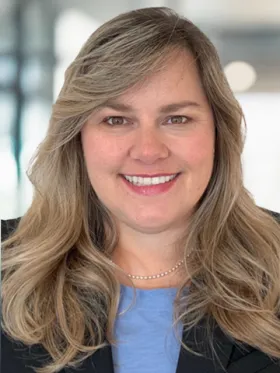We often hear calls to “run the government like a business.” There is a great deal of merit in some of the ideas that go by that description—we’ll discuss some of them below—but it’s important to remember that that federal government isn’t a business, and several things dramatically demonstrate the differences.
Government agencies must abide by regulations and policies intended to provide transparency to the public and oversight by Congress and oversight bodies. Moreover, federal agencies don’t strive to turn a profit. Instead, they are expected to provide the best possible value at the least possible cost, a tightrope act that demands judgment and finesse. The highly regulated and rigid environment can dilute the value-add of commercial solutions.
However, there are some commercial best practices that can make it easier for agencies to meet their goals. Innovative solutions and modern technology improve operations and service delivery, and agencies can take some steps to get maximum value from them.
Enable adaptation
The most successful commercial companies are adept at adapting to changing circumstances. The regulations that govern government contracting are specific and strict, making real adaptation and innovation difficult, if not impossible. Many government entities continue to rely on old software platforms, utilize arcane business processes riddled with workarounds, or endlessly delay modernization efforts because the new solution, new business processes, and new technology might cause a temporary backslide in some areas. They are often not willing or able to adopt a “good enough” solution within an aggressive timeframe, opting instead to elongate the schedule grasping for a “perfect” solution.
Agencies must get comfortable with “good enough” if they intend to become more flexible. Adaptation requires customer feedback, an environment that encourages experimentation and rewarding employees for original thinking.
Sometimes adapting also requires ditching the established timeline, or at least applying some flexibility in enforcing it. Moreover, it demands an adaptable procurement process that supports rapid buying. Think agile, and make it a double entendre, referring to both the software development methodology and a general culture of creative thinking and fast adaptation.
Encourage collaboration
Companies often expand their ability to stay forward-thinking through partnerships with other companies. It can include a strategic alignment or teaming agreement that brings together the companies’ complementary products and/or services. Complex solutions often require specialized domain knowledge or key resources that only a partnership arrangement can provide.
In the government, such peer-to-peer partnerships are unlikely, due in part to the specialized and focused mission each agency has. Further, because an overarching mandate across government is to increase competition and promote small business, agencies cannot rely on a set of preferred vendors.
That limitation can also be an enabler, as agencies can collaborate internally to maximize their shared buying power, reduce administration costs from managing duplicate contracts, and increase the sharing of data to support better-informed decisions. The government has also increased collaboration with industry using several practices, such as Industry Days, Procurement Innovation Labs (PILs), and an increased use of other transaction authority contracting—all of which employ practices to invite industry input early and often.
Learn more about management consulting at CGI Federal.






